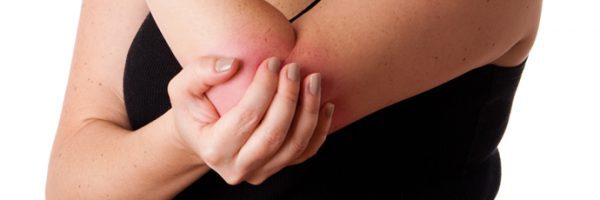There is a common misconception is that the elbow is a simple joint to treat!
This is a general misunderstanding as the elbow is more complex than simply tennis elbow (Lateral epicondylosis) or golfers elbow (medial epicondylosis). For those who have been lucky enough not to have experienced either problem, tennis elbow is pain that tends to occur on the outer aspect of the elbow and golfers elbow is found on the inner portion of the elbow. The pain commonly builds up over a period of time, often we are able to ignore it initially until it becomes so painful that we eventually seek treatment for the pain.
The elbow however is more complicated than these two diagnoses and it is an integrated multi-structural system. If you are in pain it is important that your osteopath/physiotherapist/rehab therapist evaluates your neck, shoulder, elbow and hand. The whole of the upper limb needs to be assessed to determine the cause of the problem. The shoulder and its movement are particularly important as many of the shoulder muscles such as the bicep muscle attach to the elbow. A problem in one area can cause a problem in another.
If you are a sporty person you are more susceptible to elbow problems if your sport entails punching, hanging and throwing as it magnifies force on the elbow. Interestingly most muscle ruptures occur 6 weeks after taking antibiotics such as corticosteroids according to a recent study By Bisset, 2008. Thus if you have been sick it is imperative that your return to your sporting lifestyle should be done slowly to avoid injury especially of the muscles.
Possible elbow problems include the annular ligament, capsule, muscle tear such as brachialis, fascia, nerve irritation and tendons inflammation as well as joint restrictions such as a stiff elbow. If you have any questions please feel free to book one of our free 15 minute consultations.
written by Nicolette Gygi

